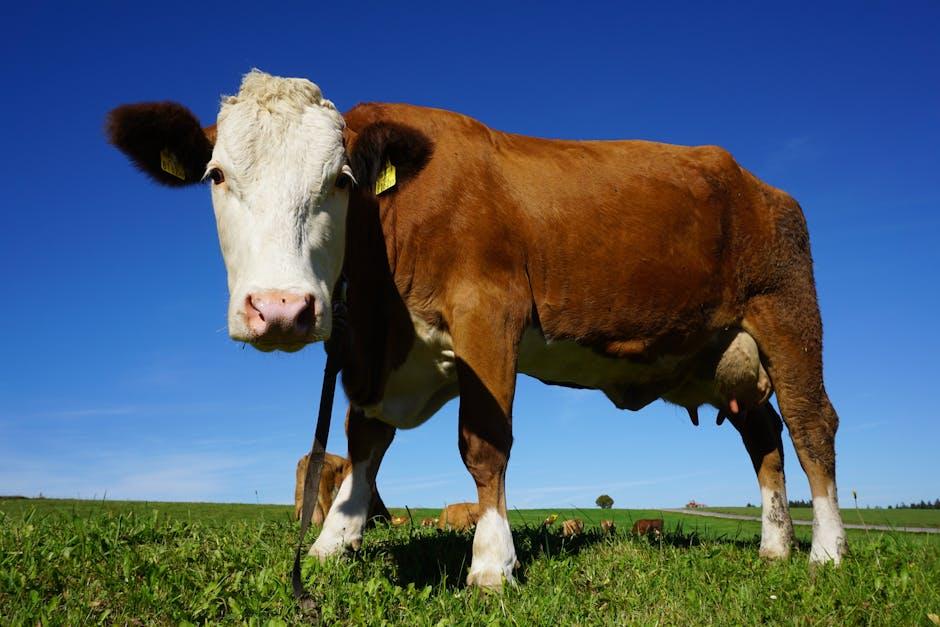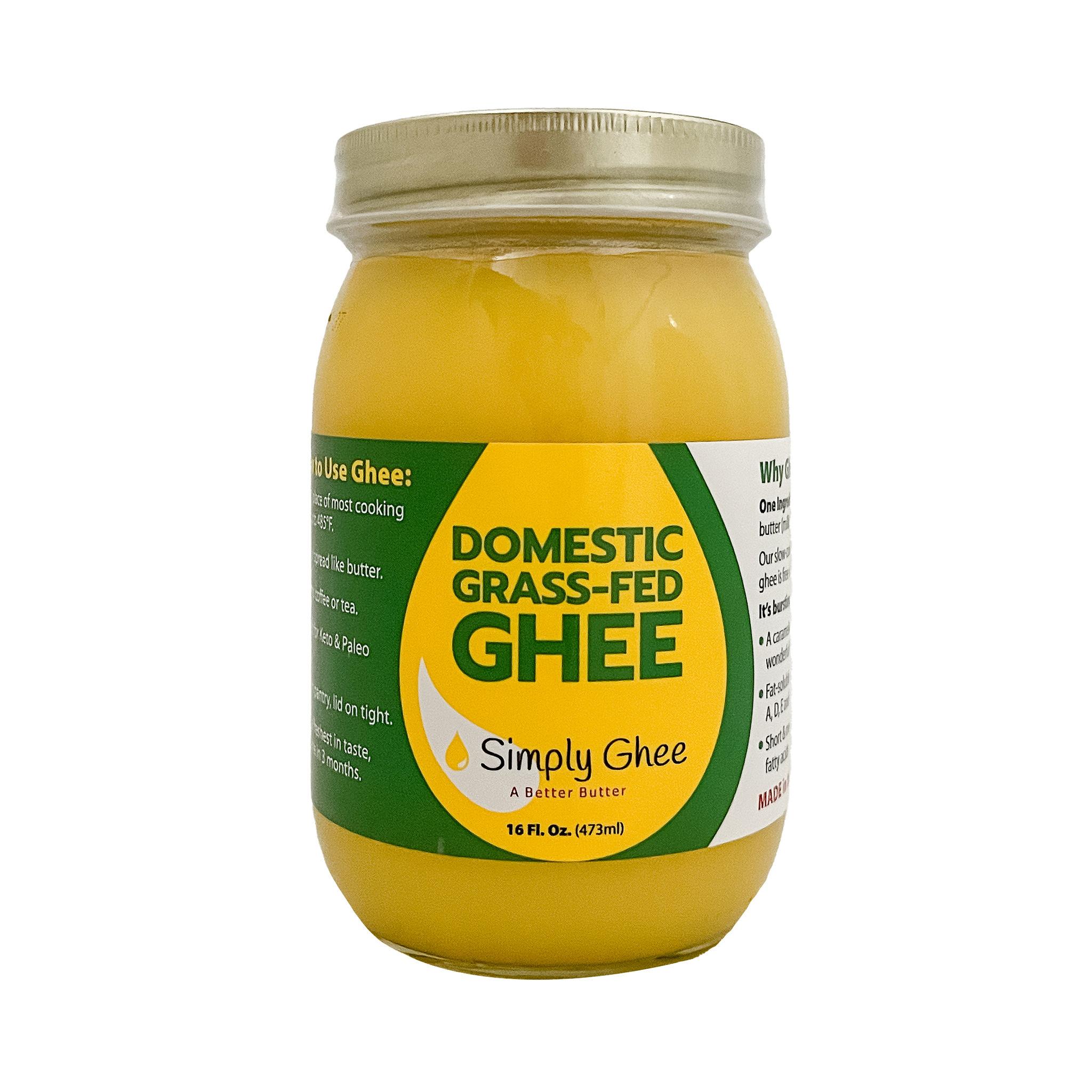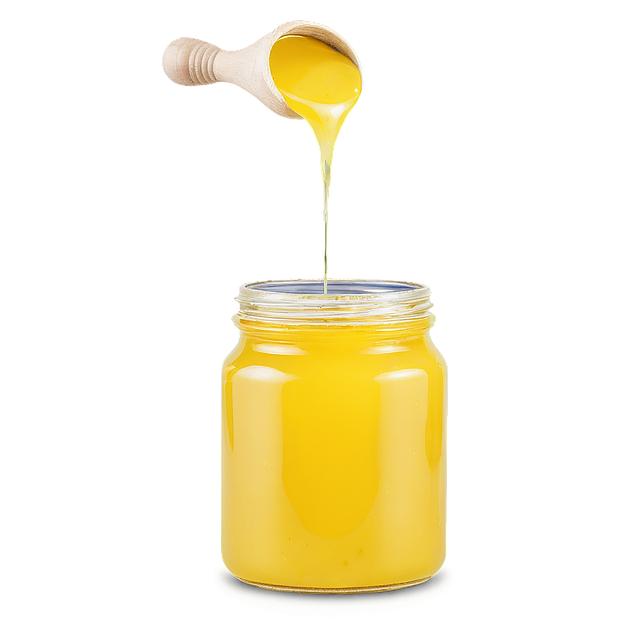Grass-Fed Ghee Quality Review: Conventional vs. Modern Production
In the luminous realm of culinary delights,few ingredients evoke as much reverence as ghee—a golden elixir celebrated for its rich flavor and myriad health benefits. this ancient staple, traditionally crafted from the milk of grass-fed cows, has recently found its way into modern kitchens, sparking debates over quality, flavor, and nutritional value.As we delve into the world of grass-fed ghee, we embark on a journey that juxtaposes time-honored methods against innovative production practices. What makes a truly superior ghee? Is it the meticulous care of artisanal producers or the efficiencies of contemporary manufacturing? Join us as we explore the essence of ghee, illuminating the characteristics that define its quality and the contrasting philosophies that shape its production today.
Exploring the Nutritional Advantages of Grass-Fed ghee
Grass-fed ghee,a clarified butter derived from the milk of cows that are raised on a natural pasture diet,boasts a plethora of nutritional benefits.Unlike conventional ghee, which may come from grain-fed cows, grass-fed varieties are often richer in essential nutrients, promoting overall health and well-being. Notably, it contains higher levels of Omega-3 fatty acids, which are vital for brain function and reducing inflammation. Additionally, the presence of conjugated linoleic acid (CLA) in grass-fed ghee helps in weight management and may also possess cancer-fighting properties. Furthermore, this dairy fat is an excellent source of fat-soluble vitamins such as A, D, E, and K, critical for maintaining healthy vision, skin, and immune function.
In terms of nutrient absorption, the medium-chain triglycerides (MCTs) found in grass-fed ghee can significantly enhance metabolism and energy levels. The unique composition of these fatty acids allows for quicker digestion and conversion into energy compared to other types of fats. Moreover, this superfood is lactose-free, making it a suitable option for those with lactose intolerance while preserving the beneficial fats from dairy.Here’s a brief comparison that captures the distinct advantages of grass-fed ghee:
| Attribute | Grass-Fed Ghee | Conventional Ghee |
|---|---|---|
| Omega-3 fatty Acids | Higher Content | Lower Content |
| CLA Levels | Rich Source | Minimal Presence |
| Lactose | Lactose-Free | Contains Lactose |
| Vitamin A | Higher Concentration | Standard Levels |

Traditional Production techniques: Craftsmanship and Care
In traditional ghee production, the emphasis is placed on craftsmanship and care, aspects that have stood the test of time.Artisans often begin with fresh, high-quality cream sourced from grass-fed cows, which play a pivotal role in the final product’s flavor and nutritional profile. The process involves manual churning to separate butter from buttermilk, allowing artisans to infuse their skills into each batch. The slow and deliberate cooking over low heat ensures the proper evaporation of moisture, preserving the ghee’s rich aroma and golden hue. Techniques passed down through generations create a connection between the producer and the land,honoring the natural rhythms and cycles of farming.
Moreover, attention to detail is what truly sets traditional methods apart. From the selection of the grazing pastures to the rituals surrounding the cooking process, each step reflects a dedication to quality. Traditional producers often adhere to methods that include:
- Careful selection of feed and grazing conditions
- Use of clay pots for cooking to enhance flavor
- Hand-churning methods that aerate the butter
- Longer cooking times to deepen the flavor profile
This meticulous approach results in a ghee that is not only rich in beneficial nutrients but also imbued with the love and tradition of the artisans who crafted it. As consumers become more discerning, the allure of handcrafted products offers a compelling choice for those seeking authenticity in their culinary experiences.

Modern Innovations in Ghee Production: efficiency vs Quality
as the demand for ghee continues to rise,producers are increasingly turning to modern techniques that promise efficiency and consistency. Innovations in ghee production have introduced methods such as centrifugation, which allows for quicker separation of butterfat from milk, drastically reducing processing time. This technique not only boosts productivity but also minimizes labor costs, enabling manufacturers to meet the growing market demand swiftly. Though, while efficiency is a notable advantage, many argue that such methods can compromise the traditional nuances of flavor and aroma that come from longer, artisanal cooking methods. In contrast, traditional production techniques emphasize slow cooking, which allows the ghee to develop complex flavors and better nutritional profiles from the milk of grass-fed cows.
When comparing the two approaches, it’s essential to consider the implications for quality.traditional ghee production can often yield a product with richer flavors and superior health benefits, such as higher concentrations of vitamins and antioxidants, as a result of the prolonged exposure to low heat. On the other hand, modern methods might produce a consistent taste that appeals to consumers seeking convenience and affordability.Here’s a brief comparison of these two styles:
| Aspect | Traditional Ghee | Modern Ghee |
|---|---|---|
| Production Time | Slow (several hours) | Fast (under an hour) |
| Flavor Profile | Robust and complex | Consistent and mild |
| Nutritional Value | Higher in vitamins | standardized |
| Cost | Premium | Affordable |

Making the Right Choice: Recommendations for Consumers
When choosing grass-fed ghee, it’s essential for consumers to consider the production methods employed. Traditional methods, frequently enough involving small-scale farms, tend to prioritize the quality of the milk source and the overall health of the cows. This frequently enough results in ghee that is rich in nutrients and flavor, closely connected to specific regions and practices. Conversely, modern production techniques can yield larger quantities but may compromise on quality and nutrient content. Therefore, consumers should look for labels that indicate:
- Certification: Choose products with certifications such as organic or grass-fed to ensure higher quality.
- Flavor Profile: Consider trying different brands to identify personal preferences in taste, as this can vary significantly.
- Clarity: Brands that provide details about their sourcing and production processes typically offer higher quality products.
Additionally, understanding the nutritional values associated with each type of ghee can guide consumers towards healthier choices. Modern production ghee might potentially be processed to extend shelf life, but this can lead to the loss of beneficial properties. Below is a simple comparison of traditional versus modern grass-fed ghee:
| Feature | Traditional Grass-Fed Ghee | Modern Grass-Fed Ghee |
|---|---|---|
| Nutrient Density | High | Variable |
| Production Scale | Small-Scale | Large-Scale |
| Flavor | Rich & Nutty | filtered |
| Source Transparency | Often provided | Less Common |
By considering these elements,consumers can make informed decisions that align with their health goals and taste preferences,ensuring that they choose a ghee that not only supports their wellbeing but also aligns with their values regarding food production.
The conclusion
In the tapestry of culinary traditions, grass-fed ghee stands as a golden thread, weaving together the ancient wisdom of traditional production methods and the innovative insights of modern techniques.As we journey through the nuances of quality,flavor,and sustainability,it becomes clear that both approaches hold unique benefits,catering to diverse preferences and values.
While traditional producers offer time-honored craftsmanship rooted in cultural heritage, modern practices bring a level of precision and scalability that meets the demands of a contemporary audience.Ultimately, the choice between traditional and modern grass-fed ghee is not merely about preference, but also a reflection of how we connect with our food—its origins, its story, and its impact on our health and the environment.
As you step away from this exploration, consider what resonates most with you: the deep-rooted practices that have nourished generations or the innovative strides that promise efficiency and accessibility. Whichever path you choose, you can appreciate that both forms of ghee serve to enrich our culinary experiences and deepen our understanding of quality in the foods we consume. The golden goodness of grass-fed ghee awaits; may your next encounter with it be one of joy and discovery.






